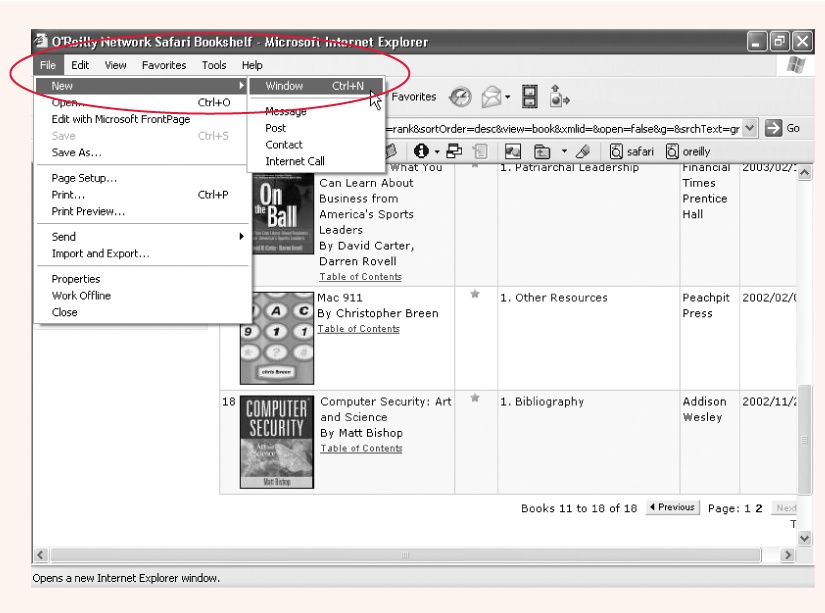Despite the many improvements in software over the years, one feature hasn't improved a bit: Microsoft's documentation. In fact, with Office 2003, you get no printed user guide at all. To learn about the thousands of features included in this software collection, Microsoft expects you to read the online help.
Occasionally, these screens are actually helpful, like when you're looking for a quick description explaining a mysterious new function. On the other hand, if you're trying to learn how to, say, create an attractive chart, you'll find nothing better than terse and occasionally cryptic instructions.
The purpose of this book is to serve as the manual that should have accompanied Excel 2003 and Excel 2002. In these pages, you'll find step-by-step instructions and tips for using Excel's most popular features, including a few you may not even be aware of.
Note
This book is based on Excel: The Missing Manual (O'Reilly). That book is a truly complete reference for the Excel 2002 and 2003, covering every feature, including geeky stuff like XML, VBA, ERROR.TYPE() functions and other things you'll probably never encounter—or even want to. But if you get really deep into Excel and want to learn more, Excel: The Missing Manual can be your trusted guide.
This book is divided into two sections, each containing several chapters.
Section One: Worksheet Basics. In this part you'll get acquainted with Excel's interface and learn the basic techniques for creating spreadsheets and entering and organizing data. You'll also learn how to format your work to make it more presentable and how to create slick printouts.
Section Two: Worksheet Power. This part introduces you to Excel's most important feature—formulas. You'll learn how to perform calculations and create formulas using Excel's built-in functions. You'll also learn how to jump-start the spreadsheet creation process by taking advantage of prebuilt, reusable spreadsheet templates. And you'll learn about the wide range of different chart types available and when it makes sense to use each one.
At the end of this book, you'll find an appendix that helps you use Excel's sometimes useful but often infuriating online help.
Throughout this book, you'll find sentences like this one: "Open the My Computer → C: → Windows folder." That's shorthand for a much longer instruction that directs you to open three nested folders in sequence, like this: "On your hard drive, there's an icon called My Computer. Open that. Inside My Computer, there's a folder for your C: drive. Open that. Inside your C: drive is your Windows folder. Open that."
Similarly, this kind of arrow shorthand helps to simplify the business of choosing commands in menus, such as File → New → Window, as shown in Figure I-3. You'll also see this arrow notation used to indicate which tab or pane of a dialog box you're supposed to click: "Choose Tools → Options → General," for example.
As you read this book, you'll see a number of examples that demonstrate Excel features and techniques for building good spreadsheets. Many of these examples are available as Excel workbook files in a separate download. Just surf to http://www.missingmanuals.com and click the link for this book to hit a page where you can download a zip file that includes the examples, organized by chapter.
Get Excel 2003 for Starters: The Missing Manual now with the O’Reilly learning platform.
O’Reilly members experience books, live events, courses curated by job role, and more from O’Reilly and nearly 200 top publishers.


